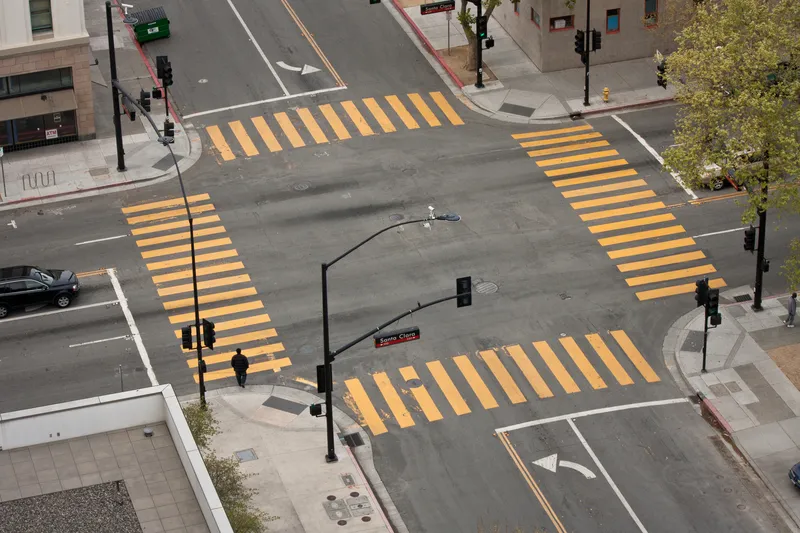
Iteris has won US traffic contracts in Seattle, Washington and Baton Rouge, Louisiana.
Seattle Department of Transportation (SDoT) will use Iteris' ClearGuide Software as a Service (SaaS) solution to visualise traffic data and analysis to improve mobility, safety and sustainability for Seattle road users.
SDoT is using ClearGuide features, including dynamic maps to support detailed traffic analysis; features to help identify and mitigate congestion; animations to analyse events and optimise response plans; and historical trend reports and dynamic congestion charts.
It will also use APIs to share this information with other tools, and populate the travel times on the dynamic messaging signs of SDoT and partner agencies, including Washington State DoT.
Iteris will deliver its ClearGuide arterial performance measures (APM) and highway performance measures (HPM) modules, as well as its Speeding Analytics module, to understand how traffic movements impact on various roads and to identify regional speeding hotspots before crashes occur.
“We are thrilled to be able to support SDoT’s goal of better managing its transportation network by providing critical mobility intelligence for arterials, highways and citywide speeding hotspots,” said Scott Perley, vice president, customer experience and analytics at Iteris.
Separately, Iteris has also been awarded a $3.2 million contract by the City of Baton Rouge to upgrade over 200 key signalised intersections - almost 50% of signalised intersections in the city - to improve traffic flow, safety and sustainability.
Iteris’ Vantage Vector hybrid video and radar detection systems allows the city to differentiate between vehicles, bicyclists and pedestrians "to improve traffic flow and safety for all road users, while saving money", the firm says.
The upgrades will enable the city to adjust traffic signal timing to accommodate slower-moving road users, and minimise congestion and delays, as well as reducing the risk of collisions.
The Vantage Vector system has high-precision radar sensing technology that enables red-light running safety applications, and is part of the ClearMobility platform.
Mike Falcon, traffic engineer at the City of Baton Rouge, says: "By using Iteris’ detection systems, we are providing road users throughout the city with improved safety and increased mobility at the intersection, while improving air quality by reducing emissions."









